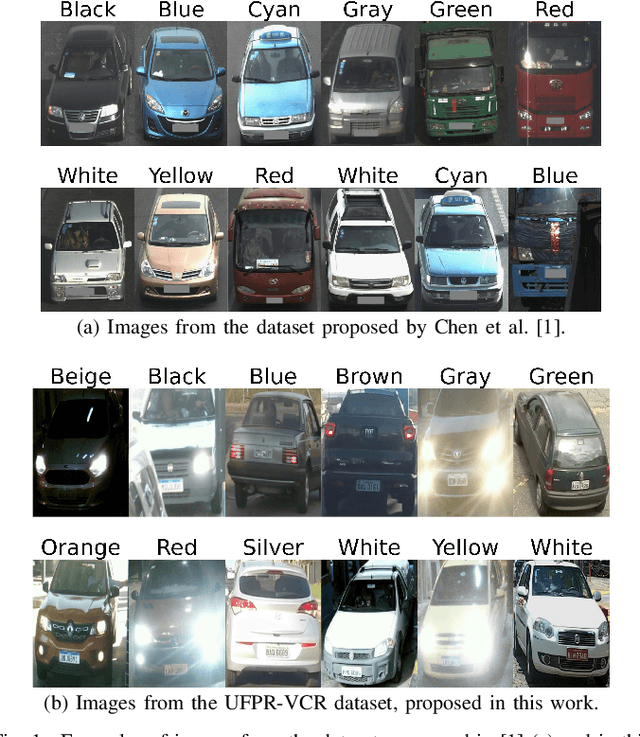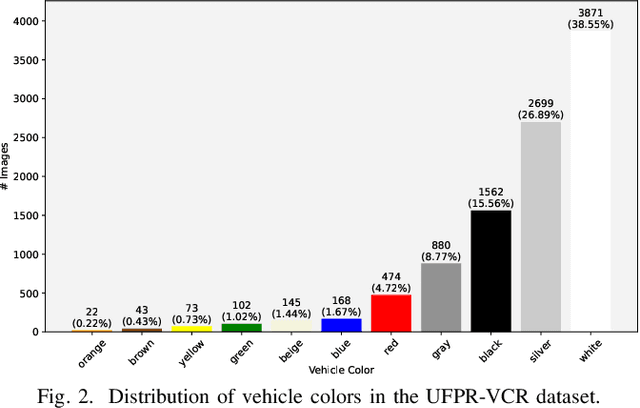Marcelo dos Santos
Improving Small Drone Detection Through Multi-Scale Processing and Data Augmentation
Apr 27, 2025Abstract:Detecting small drones, often indistinguishable from birds, is crucial for modern surveillance. This work introduces a drone detection methodology built upon the medium-sized YOLOv11 object detection model. To enhance its performance on small targets, we implemented a multi-scale approach in which the input image is processed both as a whole and in segmented parts, with subsequent prediction aggregation. We also utilized a copy-paste data augmentation technique to enrich the training dataset with diverse drone and bird examples. Finally, we implemented a post-processing technique that leverages frame-to-frame consistency to mitigate missed detections. The proposed approach attained a top-3 ranking in the 8th WOSDETC Drone-vsBird Detection Grand Challenge, held at the 2025 International Joint Conference on Neural Networks (IJCNN), showcasing its capability to detect drones in complex environments effectively.
Multi-Feature Aggregation in Diffusion Models for Enhanced Face Super-Resolution
Aug 27, 2024



Abstract:Super-resolution algorithms often struggle with images from surveillance environments due to adverse conditions such as unknown degradation, variations in pose, irregular illumination, and occlusions. However, acquiring multiple images, even of low quality, is possible with surveillance cameras. In this work, we develop an algorithm based on diffusion models that utilize a low-resolution image combined with features extracted from multiple low-quality images to generate a super-resolved image while minimizing distortions in the individual's identity. Unlike other algorithms, our approach recovers facial features without explicitly providing attribute information or without the need to calculate a gradient of a function during the reconstruction process. To the best of our knowledge, this is the first time multi-features combined with low-resolution images are used as conditioners to generate more reliable super-resolution images using stochastic differential equations. The FFHQ dataset was employed for training, resulting in state-of-the-art performance in facial recognition and verification metrics when evaluated on the CelebA and Quis-Campi datasets. Our code is publicly available at https://github.com/marcelowds/fasr
Face Super-Resolution Using Stochastic Differential Equations
Sep 24, 2022



Abstract:Diffusion models have proven effective for various applications such as images, audio and graph generation. Other important applications are image super-resolution and the solution of inverse problems. More recently, some works have used stochastic differential equations (SDEs) to generalize diffusion models to continuous time. In this work, we introduce SDEs to generate super-resolution face images. To the best of our knowledge, this is the first time SDEs have been used for such an application. The proposed method provides an improved peak signal-to-noise ratio (PSNR), structural similarity index measure (SSIM), and consistency than the existing super-resolution methods based on diffusion models. In particular, we also assess the potential application of this method for the face recognition task. A generic facial feature extractor is used to compare the super-resolution images with the ground truth and superior results were obtained compared with other methods. Our code is publicly available at https://github.com/marcelowds/sr-sde
 Add to Chrome
Add to Chrome Add to Firefox
Add to Firefox Add to Edge
Add to Edge